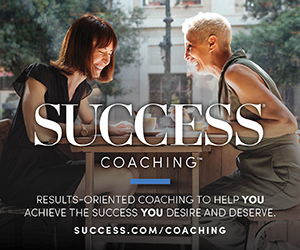You have a big idea. Maybe you invented a product or came up with a concept for a new service. Now what?
Related: 3 Steps to Execute a Successful Idea
An aha moment isn’t automatically accompanied by a detailed strategy on how to bring your idea to life. So here are seven questions every inventor should ask to help you get started:
1. What are the hottest trends in the market today?
A great idea doesn’t necessarily translate into a successful product. You have to find a way to capture customers’ imaginations. Linking your product to a hot trend can be an effective way to generate buzz and drive sales. Look at what people are talking about and see if can tie your invention to a hot trend.
2. Do other products address the same issue or problem?
Most new products have existing competitors, and chances are that’s the case with your invention, too. But maybe your way is faster, better or cheaper. It’s instructive to evaluate the other solutions that address the same issue your idea solves so you can set your product or service apart.
3. What do friends and family members think of my idea?
It’s natural for inventors to be secretive about a new idea—trade secrets and concepts that can be patented are well worth protecting. But it’s also crucial to get an outsider’s perspective on a concept’s viability. That’s why you should consider discussing your idea with trusted family members and friends. They might have valuable insights that can help you improve.
4. What are my near-term and long-range objectives?
Launching a new product without a detailed plan can be a big mistake. Without clear goals, it’s easy to lose focus and difficult to maintain motivation without a steady stream of accomplishments. Instead, create a list of steps you need to complete to reach short-term and long-term objectives. It will serve as a visual representation and constant reminder of your progress.
5. How can I explain my idea in a clear, concise way?
Every inventor needs to learn the art of the elevator pitch—a short description of your invention designed to intrigue listeners and make them want to hear more. Make sure your elevator pitch contains a “hook” to capture interest as well as value statements and statistics to support your claims. Be sure to end it with a call to action that tells listeners how to learn more.
6. What other tools can I use to get my point across?
In addition to an elevator pitch, you should also consider a visual aid to communicate your concept. It doesn’t have to be a working prototype developed by an engineer or a professional artist’s rendering—a non-working prototype constructed from clay or cardboard or a simple sketch featuring stick figures can be a powerful way to convey your idea.
7. How can I build an online buzz about my product or service?
Thanks to social media, it’s easier than ever to reach people and get the word out about your invention. But a successful social media campaign takes planning: Conduct some research about your target user groups, study their social media habits and make a targeted pitch where they gather.
For many inventors, the challenge isn’t coming up with new ideas—it’s the subsequent work of concept testing, communication and planning to bring a new idea to life that proves difficult. Not all inventors have the time or expertise to manage the tasks involved, and for many, working with an inventor service company that specializes in handling those aspects could be the ideal solution. But whether you go it alone or get help, assessing the possibilities and coming up with an effective strategy is important.



